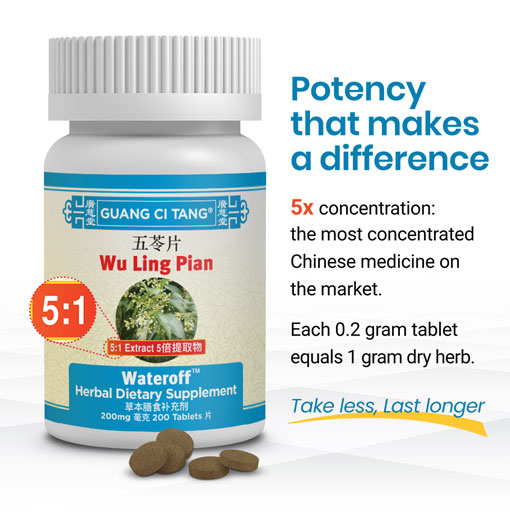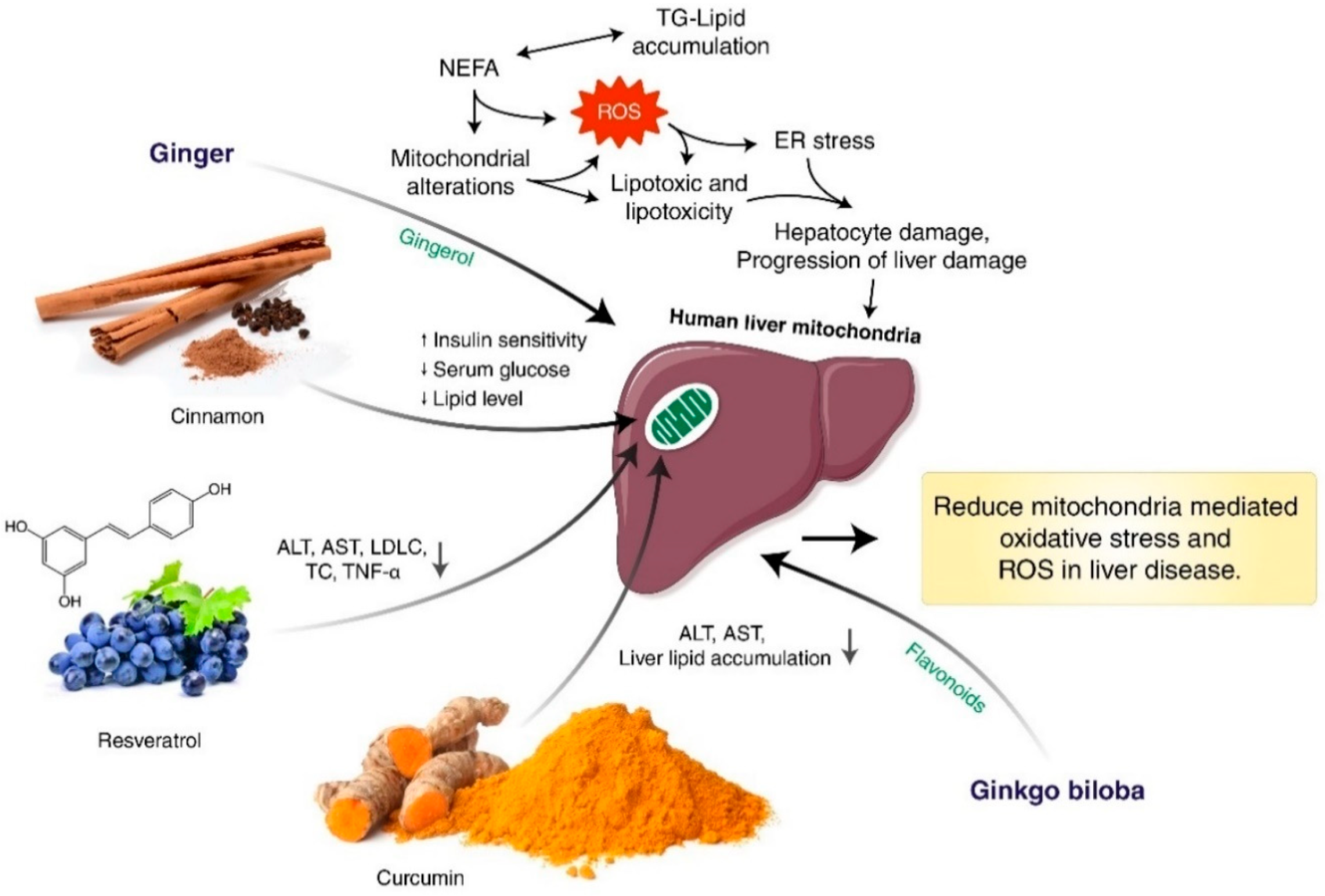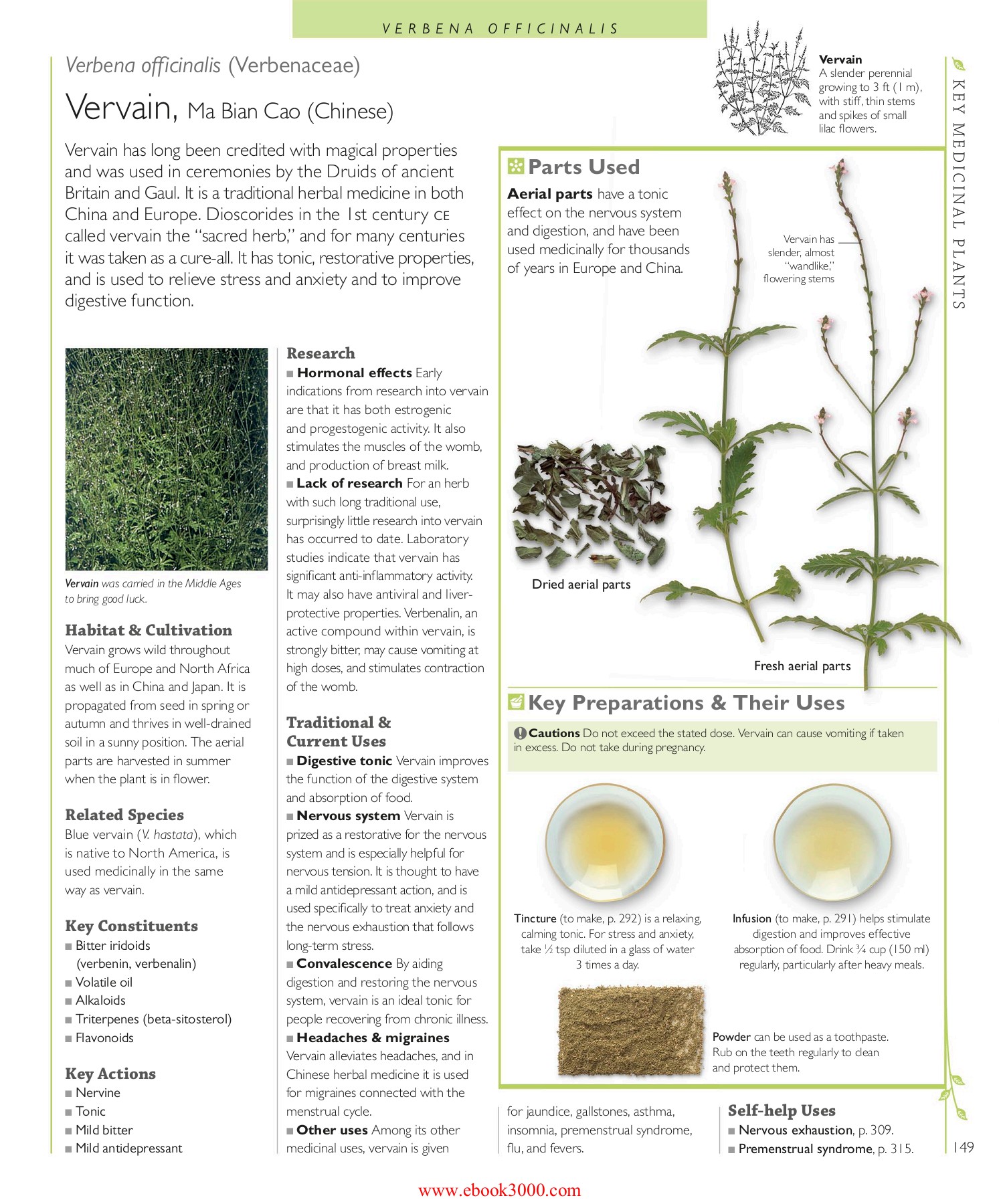Alright, so folks have been asking me about Yinchen, or Artemisia scoparia as some fancy folks call it. I’m no doctor, mind you, just someone who likes to try things out and see what happens. So, here’s my little journey with this herb.
My First Brush with Yinchen
It all started a while back. I was feeling a bit… sluggish. You know that feeling? Like you’re carrying an extra ten pounds you can’t see. My energy was low, and I just felt generally “meh.” A friend of mine, an older lady who knows a thing or two about old remedies, mentioned Yinchen. She didn’t make any wild claims, just said it was something people used to “clear things out.”
So, I thought, why not? I’m always up for a bit of self-experimentation, within reason, of course.
Getting My Hands on It
My first step was actually finding the stuff. I headed down to one of those old-school herbal shops. You know the kind, with rows and rows of drawers filled with all sorts of dried bits and bobs. The smell in there is something else, a mix of earthy, bitter, and sometimes faintly sweet aromas.

I asked the shopkeeper for Yinchen. He, a stoic old chap, barely blinked, just nodded, went to a drawer, and scooped out a bunch of dried, grayish-green stems and leaves. It looked pretty unassuming, to be honest. Just a bag of dried plants. He weighed it, bagged it in a simple paper bag, and that was that. No fancy packaging, no long list of instructions.
The Preparation Ritual
Back home, I stared at this bag of dried Yinchen. Now what? My friend had vaguely mentioned making a tea or a decoction. I figured boiling it was the way to go. So, I took a good handful – not very scientific, I know, just eyeballed it – and put it in a small pot with a few cups of water.
I brought it to a boil, then let it simmer for about 15-20 minutes. The kitchen started to fill with a peculiar, slightly bitter, herby smell. Not unpleasant, but definitely not like your average cup of Earl Grey. After simmering, the liquid had turned a sort of light brownish-yellow. I strained out the plant bits, and there was my Yinchen brew.
The Taste Test and What I Noticed
Now for the moment of truth. I poured a small cup. Man, it was bitter! Not an aggressive, punch-you-in-the-face bitter, but a deep, lingering bitterness. I sipped it slowly. It wasn’t something I’d drink for pleasure, that’s for sure.

I decided to drink a small cup each morning for about a week. Here’s what I personally observed, and remember, this is just my experience:
- After a couple of days, I did feel a bit… lighter. That sluggish feeling seemed to ease up a tad.
- My digestion felt a little smoother. Things just seemed to be moving along more regularly.
- I also noticed my eyes seemed a bit brighter, less dull. Could be a coincidence, who knows.
- Overall, I felt a subtle sense of “clearing,” just like my friend had hinted at.
It wasn’t a dramatic change, no miracles happened. It was more like a gentle nudge in the right direction. I didn’t suddenly have boundless energy or anything, but that general “meh” feeling did lessen.
My Takeaway from the Yinchen Experiment
So, after about a week, I stopped taking it. I figured that was a decent trial run. My little experiment with Yinchen was interesting. It’s one of those things that’s been used for a long, long time, and I can see why people might find it helpful for certain things, especially if they’re feeling a bit stagnant internally.
However, and this is important, herbs are potent. Just because something is natural doesn’t mean it’s suitable for everyone or can be taken willy-nilly. What worked, or seemed to work for me, might not for someone else. And that bitterness? It’s a strong flavour for a reason, I reckon. A reminder that it’s strong stuff.

For me, it was a worthwhile experience. A little journey into the world of traditional herbs. I’m glad I tried it, and it reminded me that sometimes, the old ways have a bit of wisdom to them. But always, always listen to your body and be sensible. That’s my two cents on Yinchen from my own little trial.


